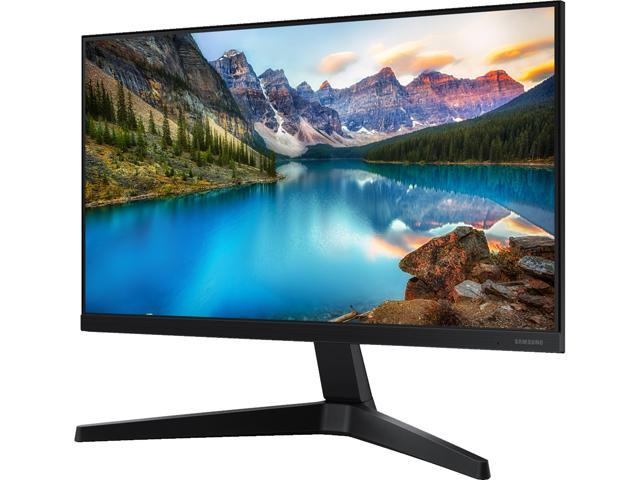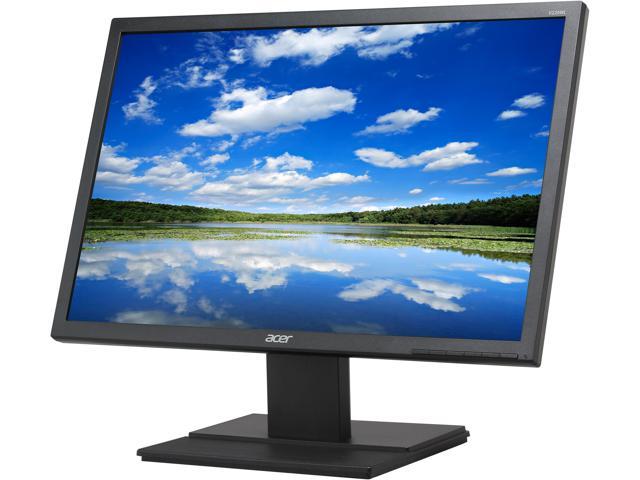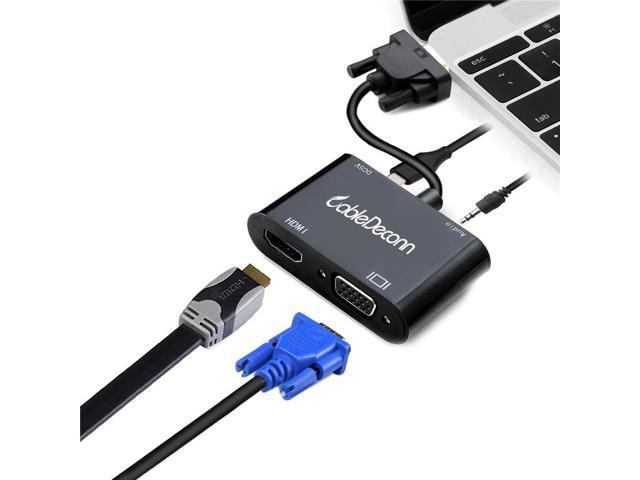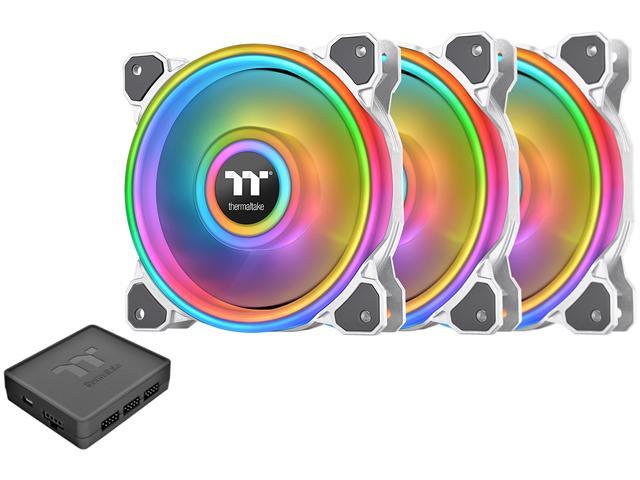Since four decades, rapid detection and monitoring in clinical and food diagnostics and in environmental and biodefense have paved the way for the elaboration of electrochemical biosensors. Thanks to their adaptability, ease of use in relatively complex samples, and their portability, electrochemical biosensors now are one of the mainstays of analytical chemistry. In particular, electrochemistry has played a pivotal role in the development of transduction methods for biological processes and biosensors. In parallel, the explosion of activity in nanoscience and nanotechnology and their huge success have profoundly affected biosensor technology, opening new avenues of research for electrode materials and transduction.
This book provides an overview of biosensors based on amperometry, conductimetry, potentiometry, square-wave voltammetry, impedance, and electrochemiluminescence and describes the use of ultramicroelectrodes for the real-time monitoring and understanding of exocytosis. Areas of particular interest are the use of silver and gold nanoparticles for signal amplification, photocurrent transduction, and aptamer design. Moreover, advanced insights in the innovative concept of self-powered biosensors derived from biofuel cells are also discussed.















